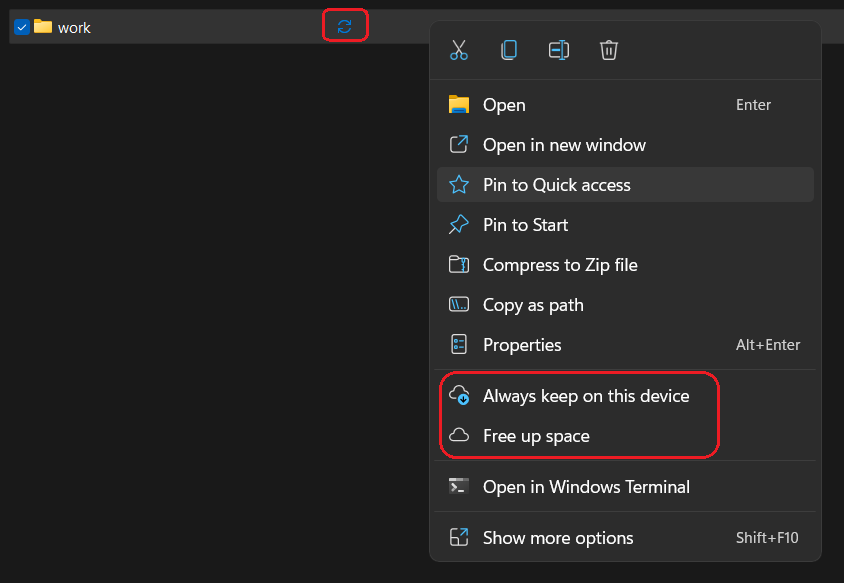Migrating to Nextcloud fpm
Existing Nextcloud setup
I’ve had my own Nextcloud instance for almost half a year now hosted off a Linode running a Docker container based on the Nextcloud Apache image.
And for SSL encryption, because duh this isn’t the early 2000s, I used the three-container setup of nginx-proxy’s dockergen and acme-companion with the alpine edition of nginx as my public-facing reverse proxy.
A very dockerised setup. And well-encrypted.
Nextcloud’s https complaints
But whenever I tried to connect to my Nextcloud server using the Desktop client, it refused saying there was no https. I thought it was just because the Apache container that’s behind the proxy wasn’t using ssl.
Possible solution?
I surmised that using the fpm image of Nextcloud would solve it because
I could set that up with ssl easily. But I was horribly wrong. In my defense,
I had have no idea how or what fpms are.
Today I decided I would fix the https prompt using fpm. I just followed the example from the official documentation in a test environment. (safe practices, haha). But the desktop client was still rejecting it with the same reason. So I just googled it.
Working solution!
A little bit of browsing told me to set the overwriteprotocol in
config.php to https.
//...
'overwriteprotocol' => 'https',
//...
I tested it and now the desktop client was happy to connect to my testing instance.
Fix and migrate
I could have changed just that in my production setup. But
I had already tried fpm in a test environment. So now I knew how to
create a suitable compose configuration!
I went ahead and updated my production
compose file to use the nextcloud:fpm-alpine image.
Here’s the excerpt
services:
# ...
# redacted and simplified
nextcloudfpm:
image: nextcloud:fpm-alpine
volumes:
- nextcloud:/var/www/html
environment:
# only works on new containers
- "NEXTCLOUD_OVERWRITEPROTOCOL=https"
nextcloud:
image: nginx:alpine
depends_on: ["nextcloudfpm"] # optional
volumes:
- ./nginx.conf:/etc/nginx/nginx.conf:ro
- nextcloud:/var/www/html
# ...
./nginx.conf is just a
copy from the official example
(I sure hope the link doesn’t break)
And used vi (because I’m a pro) to update the config.php file
$ docker compose exec <nextcloud-service-name> vi /var/www/html/config/config.php
But no, that just broke the entire instance!
Fix migrate
plis notice my wordplay in the headings. thx.
To be more accurate, my migration wasn’t working. It was not the change to the Nextcloud configuration file. It was a file ownership issue.
The nextcloud:apache images set the ownership of all the assets under
/var/www/html to uid 33; but nextcloud:fpm* uses uid 82.
they are both named
www-datain the respective containers
While the container had automatically changed the ownership for most files,
some were still owned by 33.
Of course I found this after some tinkering and poking around and experimenting. It wasn’t magical.
$ # safety first
$ docker compose exec <nextcloud-fpm-service> php occ maintenance:mode --on
$ # change owner to www-data (uid 82 on nextcloud:fpm*)
$ docker compose exec <nextcloud-fpm-service> chown www-data -R ./
$ docker compose exec <nextcloud-fpm-service> php occ maintenance:mode --off
Connect from desktop … and WOW :exploding_head:
I connected it successfully, but that’s not the cool part! The cool part is Window’s Cloud Sync Engine!
It has support for keeping files only online or both online and offline. And also control it directly in Windows Explorer! (bonus improvement with Win11’s new UI design)

This is a very different experience from 2016 Google Drive sync that saved it in both locally and remotely. The primary reason I wanted to use only WebDAV and not the client. But WebDAV had been problematic and I couldn’t use it at work, but a portable Nextcloud client seemed possible.
I am honestly very impressed with Windows having the feature. And extremely happy that Nextcloud decided to tap into the feature. (Something I feel they don’t do in their other platforms as much).
It was so exciting I even live tweeted it. I normally don’t really appreciate Windows all that much, but gotta give credit where it’s due. Some things are becoming better and better in Windows.
Admittedly, this is also visible in the OneDrive folder while enabled. But I am not going to be creating “online only” files, so didn’t really notice.